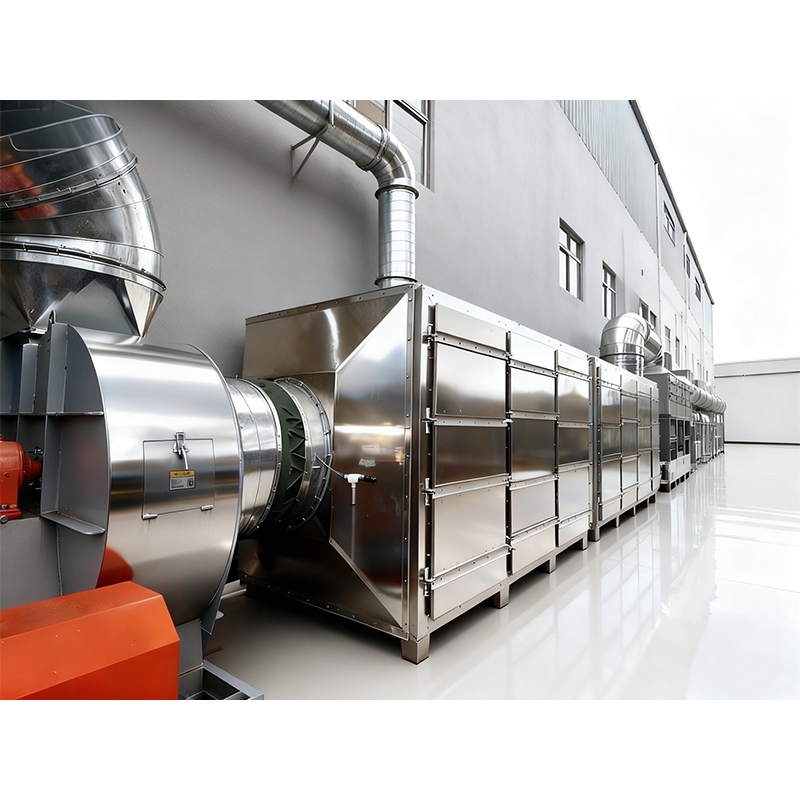Activated Carbon Filter
Production based on actual needs and quotations
Activated carbon (granular carbon or honeycomb carbon) is used as an adsorbent. It uses its huge specific surface area and rich microporous structure to adsorb organic pollutants (VOCs volatile organic compounds), odor molecules, etc. in industrial waste gas. It has an excellent removal effect on organic waste gas and odor. The activated carbon needs to be replaced or regenerated regularly.
Adsorption purification: When polluted air containing odors, organic waste gases (VOCs), or toxic gases is forced through an activated carbon layer, the activated carbon possesses a vast number of tiny pores, creating a large surface area. Upon contact with the activated carbon surface, these pollutant molecules are captured and locked in the pores (a process known as adsorption), trapping them within the carbon bed.
Clean air discharge: The air then passes smoothly through and exits the other end, purified.
Features: Specially designed to remove odors, organic waste gases, and harmful gases, but cannot handle dust particles. Once saturated, activated carbon needs to be replaced or regenerated, making it a critical component in the treatment of gaseous pollutants. Much like a magnet attracting iron filings, activated carbon utilizes its vast surface area to attract harmful molecules from exhaust gas, allowing only clean air to pass through.

